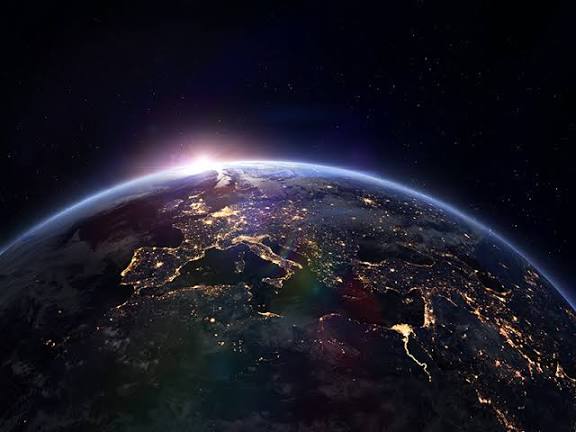
1. Climate Change and Natural Disasters
Extreme heatwaves, floods, wildfires, and rising sea levels are no longer future warnings — they are present realities. Millions are losing homes and livelihoods to natural disasters, especially in vulnerable countries.
2. Wars and Conflicts
From the Middle East to Eastern Europe, conflicts continue to displace families, destroy infrastructure, and leave generations traumatized. Refugee crises put additional pressure on already struggling nations.
3. Poverty and Inequality
While technology has advanced, millions still live without basic necessities like clean water, healthcare, or education. Wealth gaps between rich and poor nations — and even within the same country — are widening.
4. Global Health Struggles
COVID-19 taught us how quickly disease can spread in a connected world. Even now, weaker health systems struggle with outbreaks of malaria, dengue, and other preventable diseases.
5. Food and Water Security
Droughts, floods, and wars affect global food supply. Rising prices of wheat, rice, and basic grains make survival harder for poorer families. Clean drinking water is becoming scarce in many parts of Africa and Asia.
6. Technology and Mental Health
Social media connects people but also brings addiction, misinformation, and rising anxiety, especially among the youth. AI and automation raise fears about job losses and widening inequalities.
7. Migration and Refugees
Millions leave their homes due to war, hunger, or climate disasters. Host countries often face tension between helping refugees and meeting their own people’s needs.
8. Political Instability
Polarization and distrust in governments are growing worldwide. People feel disconnected from leaders who fail to address their problems



You must be logged in to post a comment.